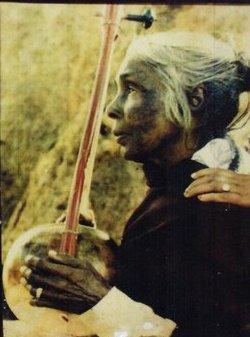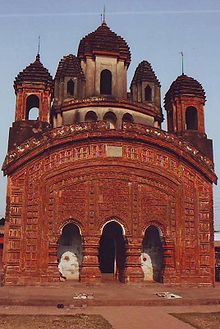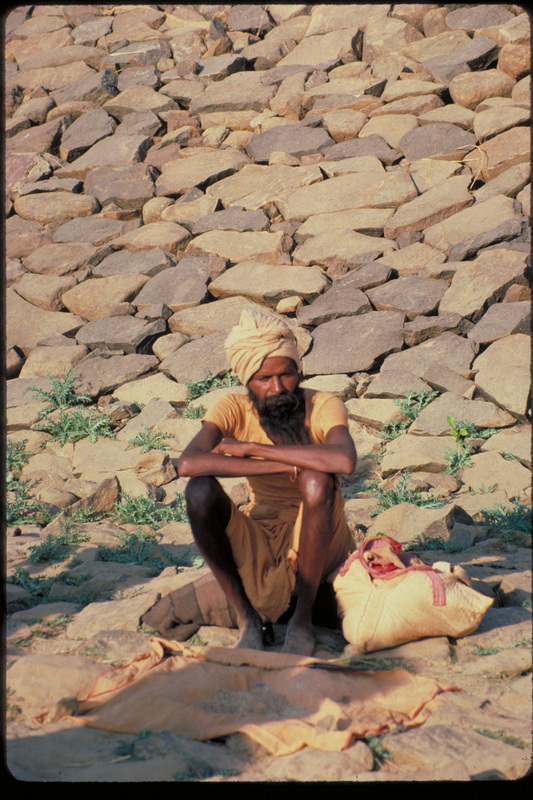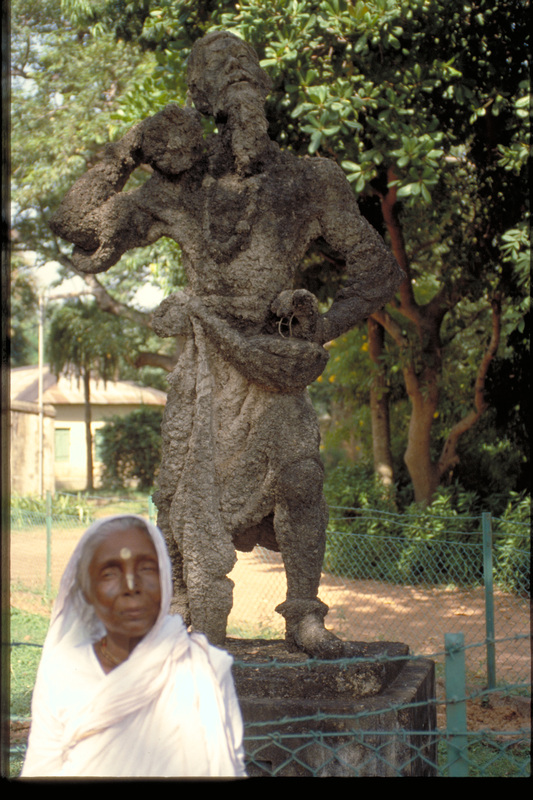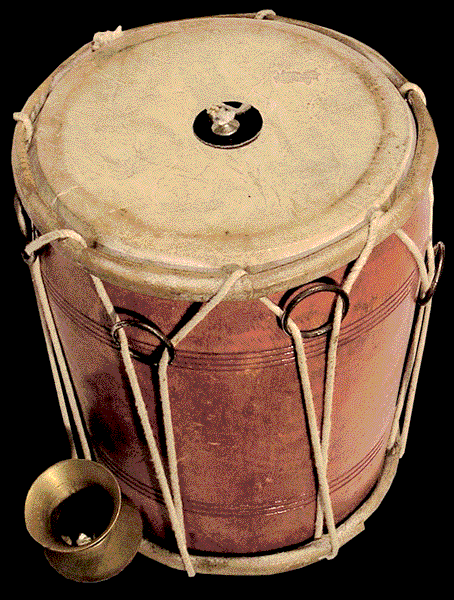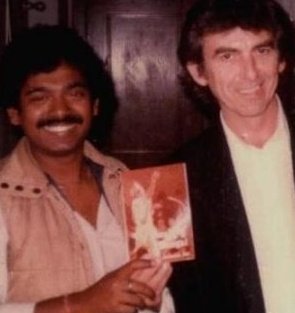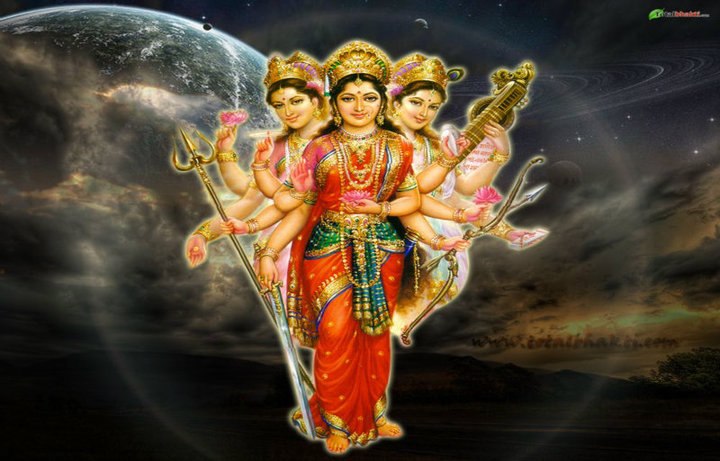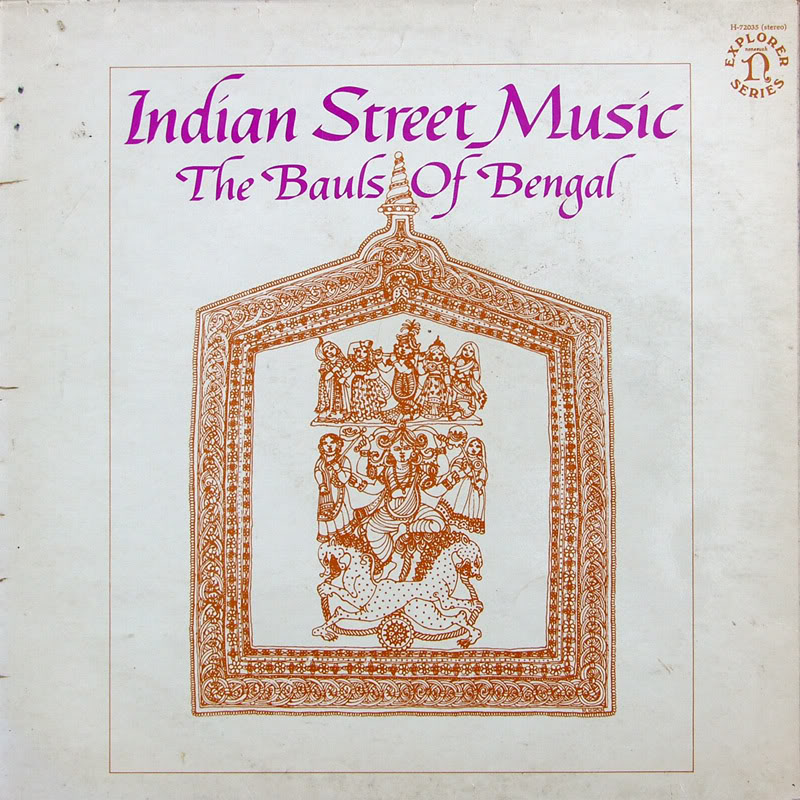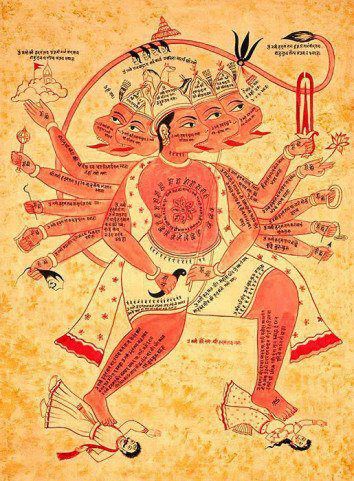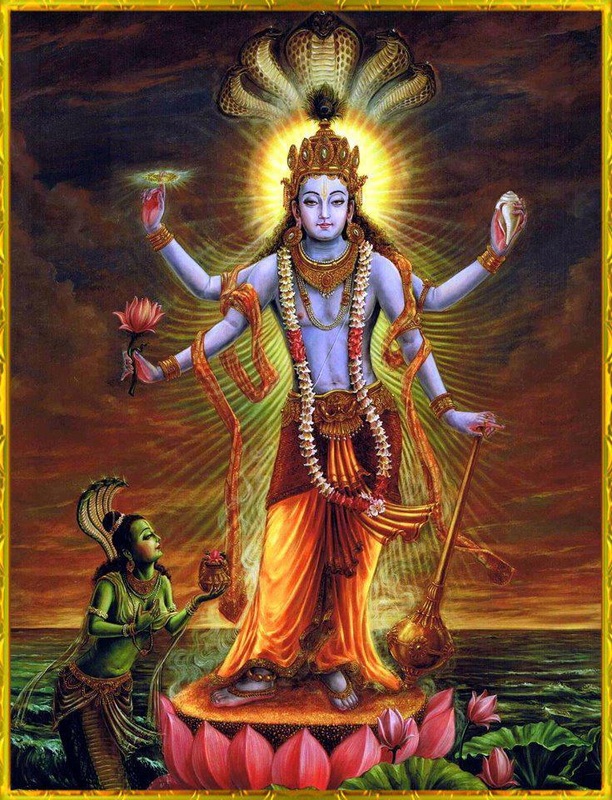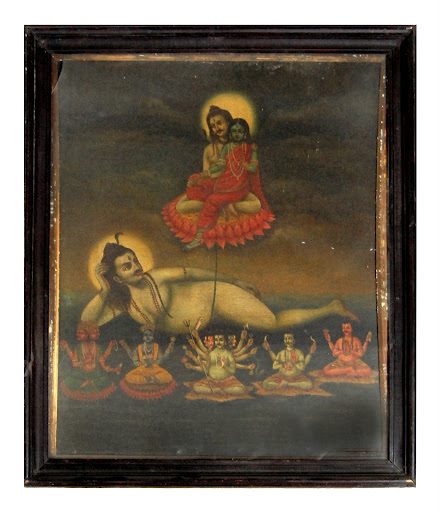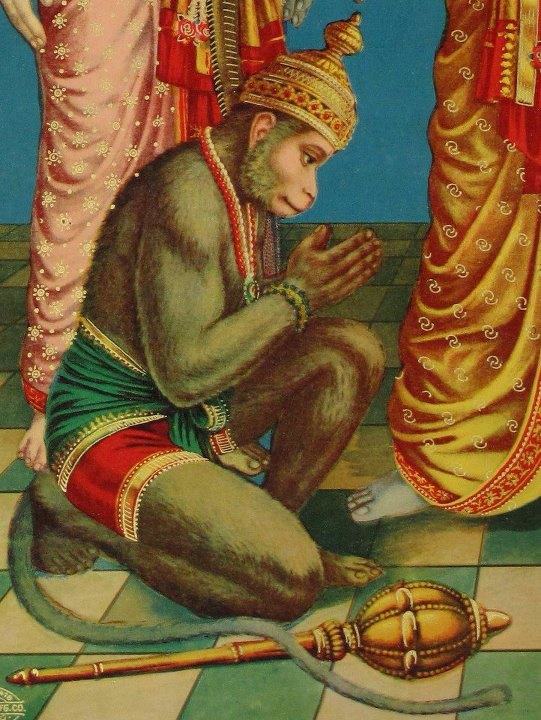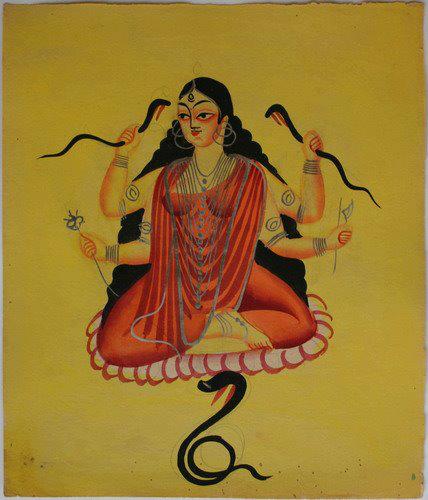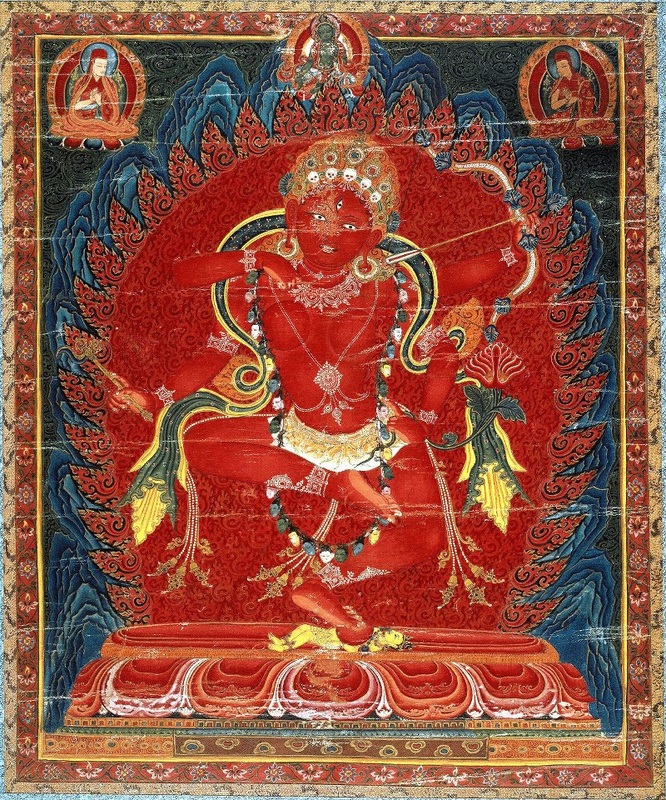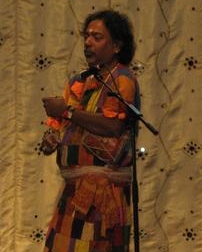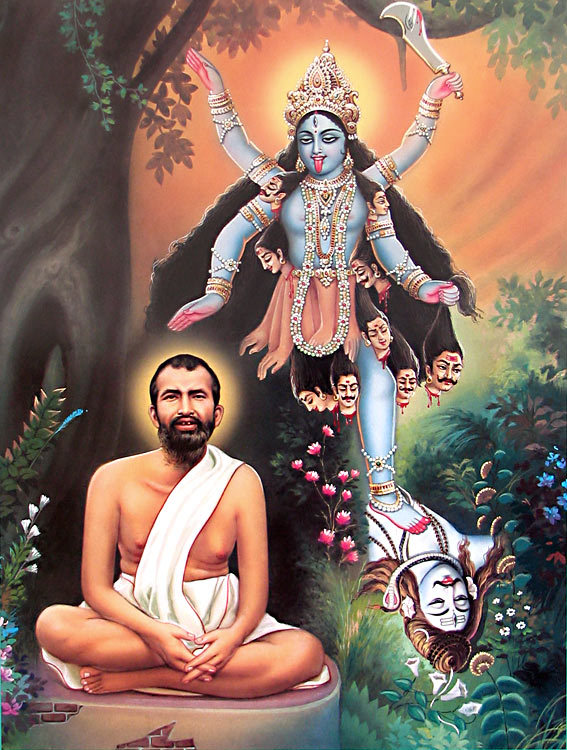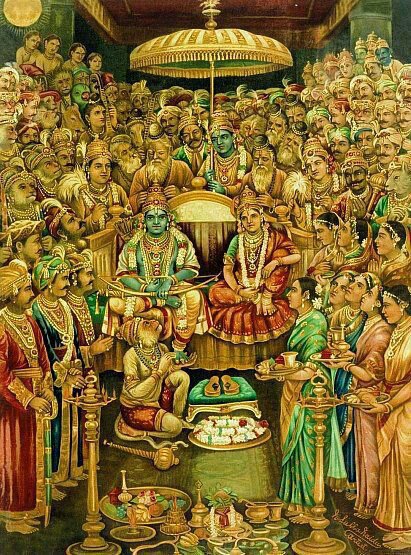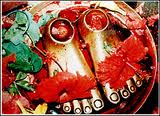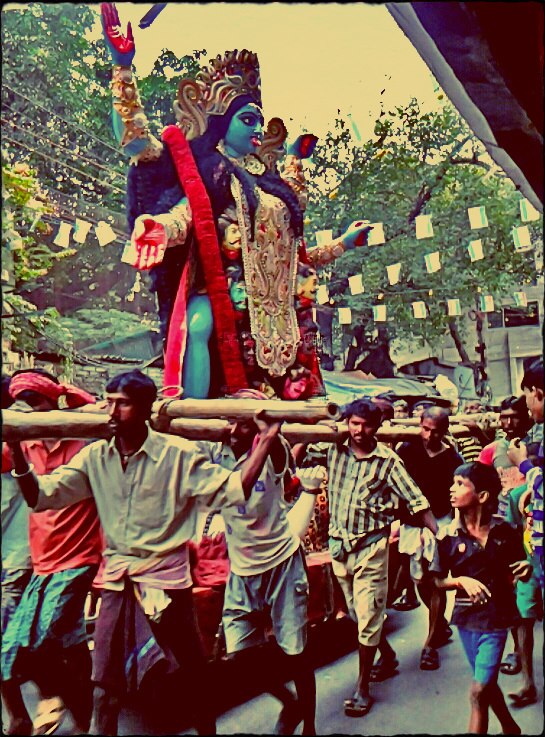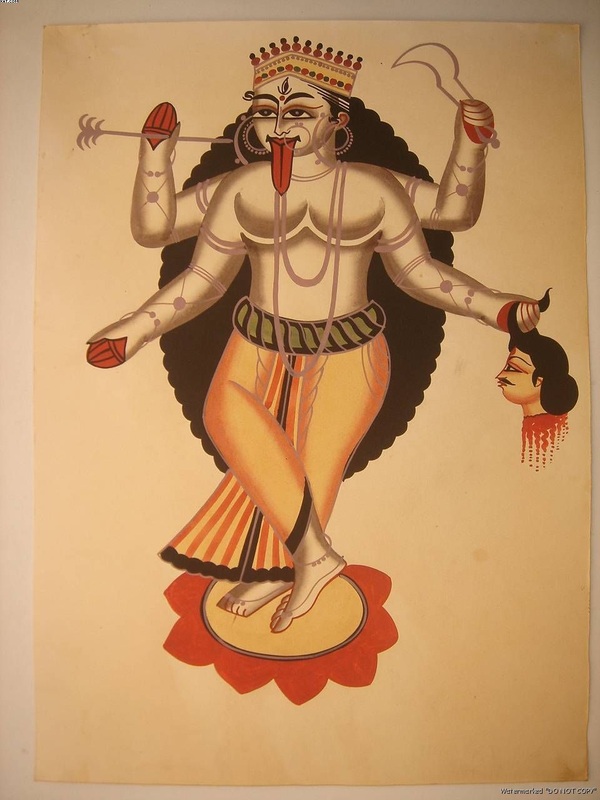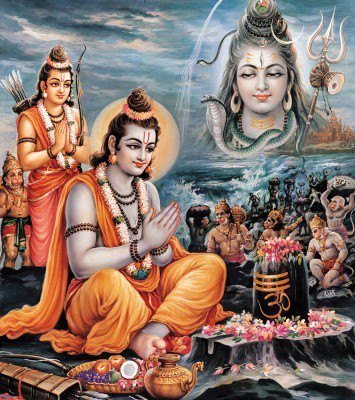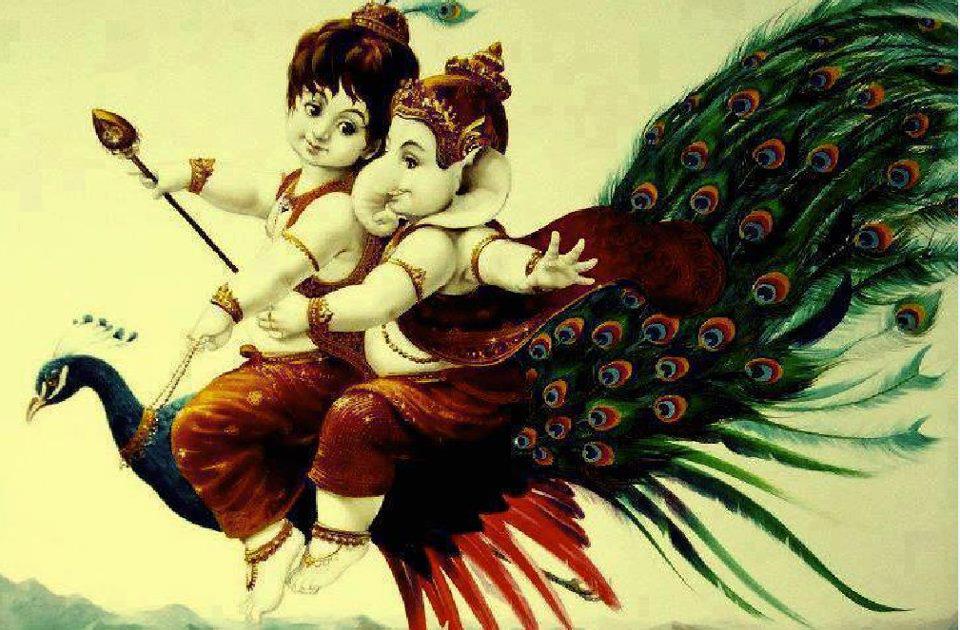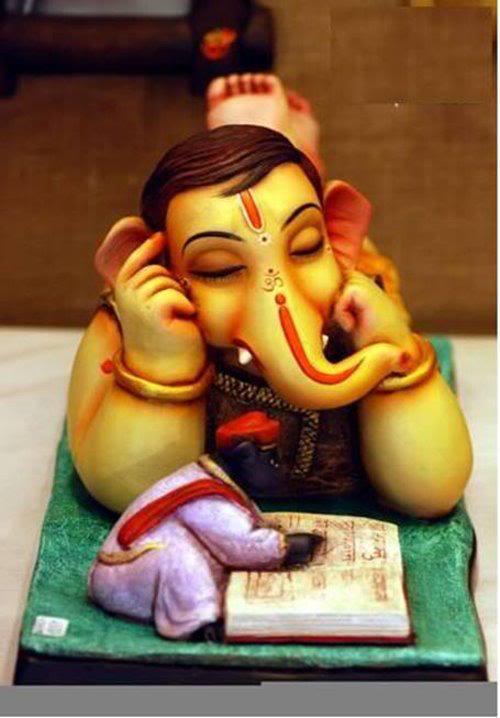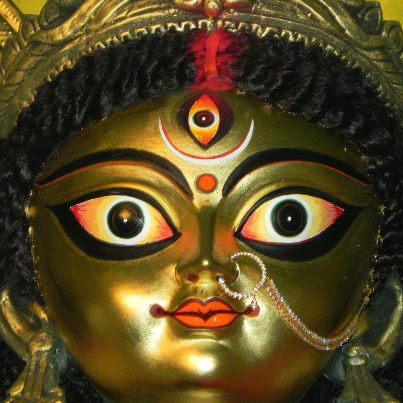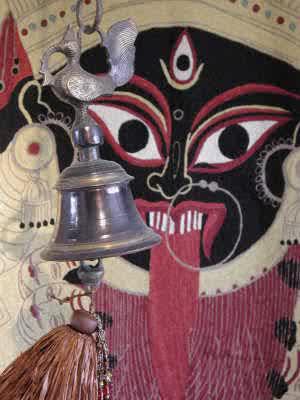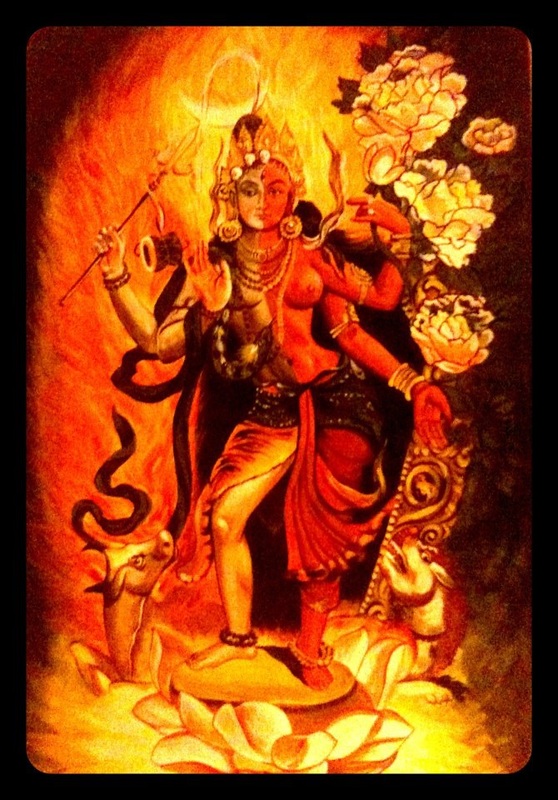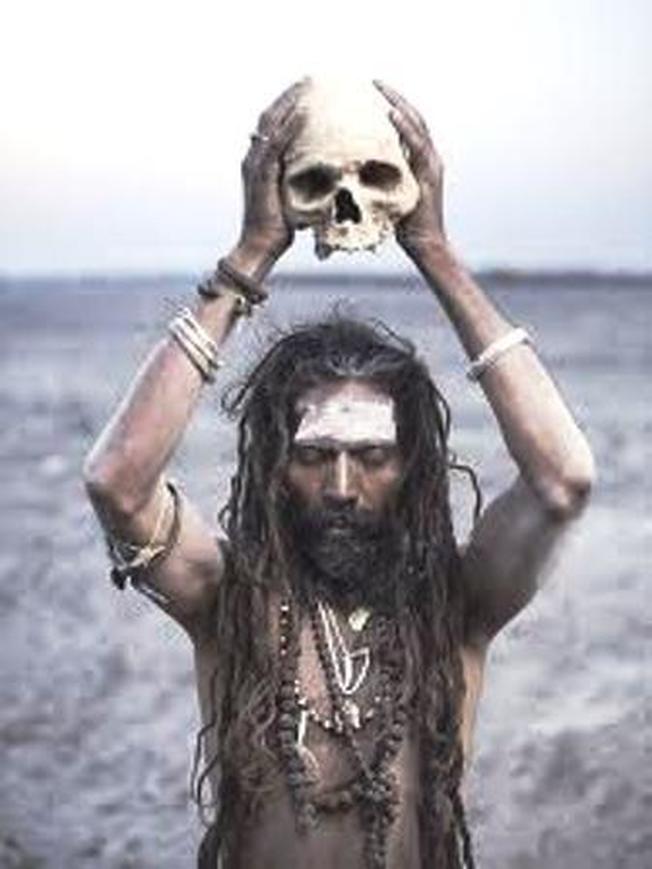
Aghora Murthi was one of the furious incarnation of Lord Shiva. In this form, He destroys our imperfections, our illusions, desires and ignorance. He destroys our evil and negative nature of prejudices and previous mind-sets which impede spiritual progress. Aghora murthi worship is a challenge to human relationships, attachments, impurities, physical and mental wrongdoings, the effects of bad karma, our passions and emotions. These stand between man and Lord Shiva as impediments to inner transformation. In the end when we have made sufficient progress, when we are ready and prepared, and when we are willing without any inner conflict, he destroys death.
Shiva’s Aghoramurthy is also Ugramurthy represented as Rudra, Bhairava, Kankala or Samharamurthy. These are his ferocious or angry manifestations to crush ego and worldly delusions. Aghoramurthy form of Shiva, generally associated with the events during which Shiva assumed his terrible form to slay the demons or the wicked. Aghoramurthy and Bhairava-murthy are correlative; the form generally found in connection with the secret cults of Tantrism that involve his worship in the cremation grounds and grave yards. Veerabhadra is also connected to Aghora Shiva.
It is said that Aghoramurthy in the Thiruvenkadu Temple rules the night hours, the hours of the spirits. He is out on his ‘kaval’ protection rounds when man fears the darkness of the night. It is an indication that the night is also alive with divinity. The world of ghost is an illusion and that has to be crushed as the only devils that run around are those in our own mind. It does not matter if one has to take a left-hand path to realize this.
Aghora’s Shiva’s walks are thunderous according to local population. In his fierce depiction and deity, He is raw energy, raw power. One has to see beyond that image to capture the beauty and bliss of anger. Fire from his eyes are bliss and the halo of flaming light around his head is iconic of brightening life. Here, in Thiruvenkadu, the ash-clad Lord is decorated in jewelry, showered in flowers and enjoys listening to bhaktas singing the Rudra Thandava Stotra. Aghora Shiva is terrifying, yet loving and passionate. That is realized in silent presence before the Lord.
PANCHMUKHA:
Aghora is the South Face. The South face is important to Lord Shiva. This is also famously known as Dakshina Murthy. Aghora Shiva faces the south and represents the destructive and regenerative aspect of Shiva, which first absorbs all life and then renovates the universe by creating things afresh. The term Aghora has two meanings – one who is not fierce – meaning the handsome. Another meaning is the fiercest. It is for a devotee to decide how he or she wants to approach Aghora Shiva.
Note: The five faces are Easanam, Tatpurushanam, Aghoram, Vamadevam and Sadyojatam. They represent direction and aspects of Lord Shiva. Easanam is facing the sky and represents purity, Vamdevam faces north and represents sustenance. Tatpurisha faces east and represents spirituality that has destroyed the ego. Aghoram faces south and represents the destructive and regegenarative aspects of Shiva. Sadyojatam faces west and represents creation.
AGHORIS:
Those who worshipped the Aghora form of Shiva were called as “Aghoris”. Aghoris practice the most extreme and fascinating form of the Tantra. Dattatreya, whose divinity that includes the Trimurti Brahma, Vishnu and Shiva, are considered to be the founder of Aghora school of thought. 'A' is a negation; Ghora is the obscurity of the ignorance, but it also means intense, deep; Aghora therefore means Light, absence of obscurity, awareness.
Aghori life also symbolizes a tradition where they do not have intense or deep feelings; they are indifferent to the various stations of the life. The ritual practices of the Aghori are symbols of their non-dualistic beliefs. The corpse upon which they meditate is a symbol of their own body and transcendence of the lower self and realization of the Supreme Self. The skull they place before them is symbolic of burnt ego. Shiva’s holy ash, is one of death’s remnants to constantly remind human mortality. It is also a challenge to transcend the duality between life and death and the aghoris brushes with impending death.
Breaking every mental scheme, going over every taboo makes aware of the illusion of this world and becomes a path toward the liberation-mokhsa, the realization of the itself with the absolute one. Also the conventional Hindu distinction among pure and impure for the Aghoris is an illusion.
AGHORA MANTRA:
To know about the essence of the Aghora principle of Lord Shiva, one has to understand the meaning of the Aghora Mantra among the Pancha Brahma Mantra. A popular belief is that one who chants the Aghora mantra and wears bhasma will not face any difficulties. Aghori Sadhus are followers to Aghora Shiva – they live in graveyards and perform intense austerities. They roam around naked and drink water in a bowl made from human skull. They eat the meat of all living beings accept that of horse.
Their main belief is that there is no such thing called “inauspicious” in this world because all that exists if Shiva himself. They generally live in graveyards and are naked. They use those things which the world has branded as “inauspicious”. They perform harsh penance. Those who worship Aghora form of Shiva are saved from natural catastrophe, water hardships and life threats.
This Aghora aspect is correlated with the following:
To “Ma” Beekakshara in Panchakshara Mantra
To “Prana Maya Kosha” amongst the five Koshas
To “Jala” principle among five principles “Pancha Bhuta”
To “Svadhishthana Chakra” among Six Chakras
To “Madyama (Ma)” Swara among the Seven Swaras
To “U” in 'Omkara'.
Mantra:The mantra associated with this form of Shiva is the Aghora Mantra composed by Aghora Maharishi. The mantra has 51 letters.
aum hrong aghore ghore hungm,ghortare hungm;
aum hreengm kleengm, sarvatah sarvaange,
namaste rudra roope hungm
SWETHARANYESWARAR TEMPLE is located in the town of Thiruvenkadu near Seerkazhi. This town is also called Adi Chidambaram and as seen in Chidambara, here Vishnu is near Nataraja. Swetaranya means sacred white forest, Jnana-aranya meaning forest of wisdom. It is also called Patala Kailas. Thiru-ven-kadu, means “sacred white forest” to reflect thick forests which from a distance appeared white. Thiruvenkadu is considered as sacred as Banaras.
The main deity is Aghora Murthi, a manifestation of Lord Shiva as Swetharanyeshwarar meaning Lord of White Forest. The Lord is also named Lord Thiruvenkaaatu-eswara. His consort is Goddess Brahma Vidyanayaki. Mother is also called Vidyambal. The shrines of both the Lord and the Devi have been constructed facing the East. The posture in which the Nandi at the entrance to the Devi’s shrine is installed is peculiar. Its ears face the shrine of Devi and the face is turned towards the shrine of Lord Shiva, implying thereby that the heavenly Bull is losing no time in transmitting messages from the Devi, and waits for further commands. This is a unique feature of the place.
With the uniqueness of Aghora vadivam of Shiva, the temple contains three tanks. There is a separate Sannidhi for Bhudhan or Mercury. It is said that all the four important Saivite saints have blessed the temple and sung here in praise of Aghora Shiva.
Indiran, Airavatam, Budhan, Sun-Surya and Moon- Chandiran are said to have worshipped Lord Shiva here. There are several shrines of significance in this well visited temple, including those to Durga and Kali. The image of Natarajar here is of great beauty. As found in Chidambaram, there is also a shrine for Lord Vishnu near the shrine for Natarajar.
Lord Indra, the heavenly elephant Airavat, Lord Brahma, Lord Agni, Lord Surya, Lord Kartikeya and many other celestial beings have worshipped Lord Swetaranyeswara deity here and got their desires fulfilled. The temple is associated with ardent Shaivite saints such as Meikandar, Pattinathaar, Gnansambhandhar and others who sang Shiva's grace and glories. There is a separate shrine to Meikandar.
THANDAVA:
The name Adi Chidambaram, implies that, Lord Shiva danced here first before his Chidambara Thandava. He is said to have performed seven forms of thandava here: Ananda tandavam, Sandhya tandavam, Samhara tandavam, Tripuranta tandavam, Urdhava tandavam, Bhujanga tandavam and Lalita tandavam. It is believed that the theerthas in this temple were created out of three drops which fell from Lord Shiva’s eyes when he was dancing. The theerthas are Agni Theertham, Surya Theertham, and Chandra Theertham.
SHIVASTHALAMS: This Shiva temple is one of the 6 most sacred places on the banks of river manikanigai and Cauvery which is considered as equivalent to the temple at Varanasi. The other 5 shivasthalams are Thiruvaiyaru, Chaayaavanam, Mayiladuturai, Tiruvidaimarudur and Tiruvanchiyam.
BHUDA NAKSHTRAM:
Mercury signifies one’s level of intelligence, communication abilities, knowledge, eloquence, speech, astrology, skill in fine arts, mathematics, medicine, expertise in language, Vedas, mantras sculpting etc. Lord Mercury is to be propitiated to acquire the above. Blessings of Mercury are especially needed for salespeople, agents, orators, secretaries, writers, traders and linguists. Mercury is represented by the colour Green and gemstones Emerald, Tourmaline and Jade. Those afflicted by Mercury in their horoscopes and also those running the major or sub periods of Mercury visit this temple from all over India to perform remedial measures. Propitiate Lord Mercury to acquire business acumen and academic excellence.
In Thiruvengadu, there is a separate shrine to Lord Budha, near the shrine of Goddess Brahmavidyanayaki. Chandra theertha and a small shrine to Lord Chandra are placed in front of the shrine of Lord Mercury. Lord Moon is the father of Lord Buthan. According to legends, Lord Budha prayed to Lord Swetarayeswara here and was blessed by the deity.Performing holy abisheka and poojas to Lord Budha here, donating food, green clothes and Emerald to the needy. Chanting stothras of Lord Budha and surrendering to him with sincere devotion will ensure prosperity and success.
STHALA PURANA:
An Asura called Marutwasura, after performing severe penance to Lord Shiva, received a spear as boon. He then troubled the sages and people in Thiruvenkadu. Knowing this, Lord Shiva sent Nandi, the Bull to fight against the demon. He was defeated but returned with greater power. Nandi suffered injuries during this second fight. That was unbecoming of the demon, for Nandi was Shiva Parivar. The Lord opened His third eye, discharging intense fire or jyoti. Jyoti then turned into the Aghoramurthy form with Lord Shiva’ rage and wild pose. It consumed the demon under a tree. This tree is said to exist even now, It is at the back to the entrance of Agora murthi shrine. The sages were happy and prayed to the Lord for the Jyoti from his third eye to stay behind in Thirivenkadu.
SWETAKETU:
Swetaketu was the son of sage Uddalaka and he was destined to die at the age of eight. In order to overcome death, he came to Thiruvenkadu, installed a Shiva linga and worshipped the Lord ardently. At the destined time of death, Lord Yama appeared before Swetaketu to take away his life. Annoyed at the disrespectful behaviour of Lord Yama towards his devotee, the Lord came out of the Linga and punished Yama. The place came to be known as Swetaranya. The deity is called Swetaranyaswami, as He gave salvation to His devotee Swetaketu here. At the request of Swetaketu, the Lord performed seven of his cosmic dances; Ananda, Sandhya, Samhara, Tripuranta, Urdhva, Bhujanga and Lalita Thandava in this temple. The Lord portrays five faces Easanam, Tatpurusham, Aghoram, Vamadevam and Sadyojatam here, a manifestation very rarely seen in Shiva temples.
Om Namah Shivaya.
Yogi Ananda Saraswathi
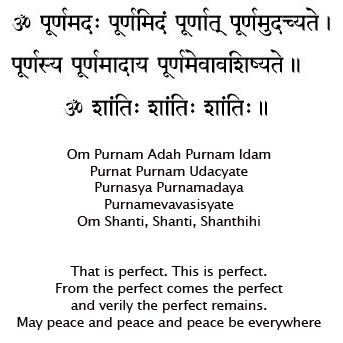
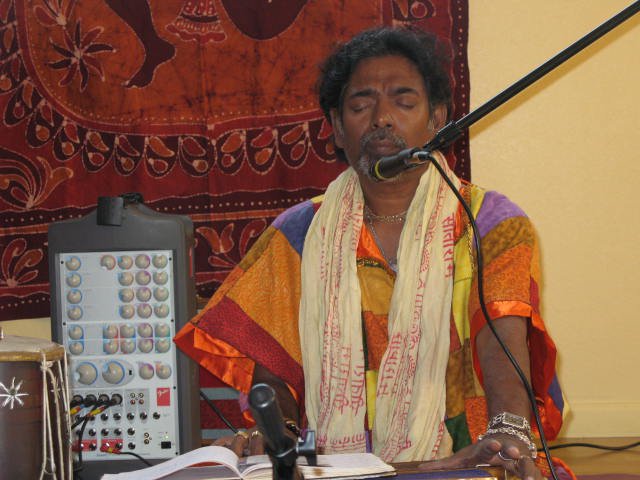
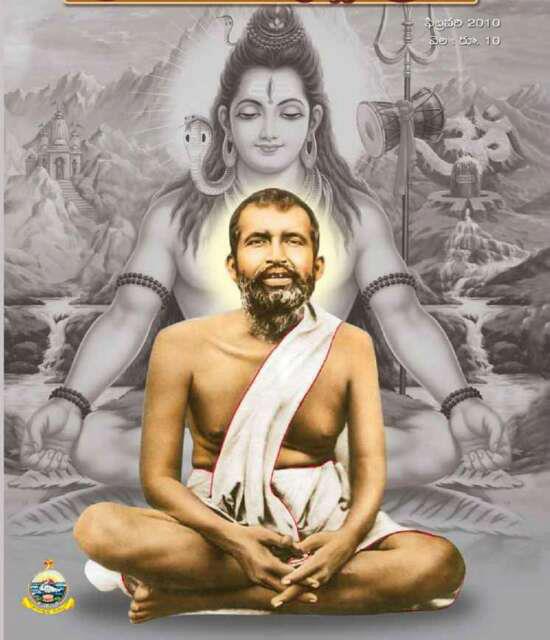
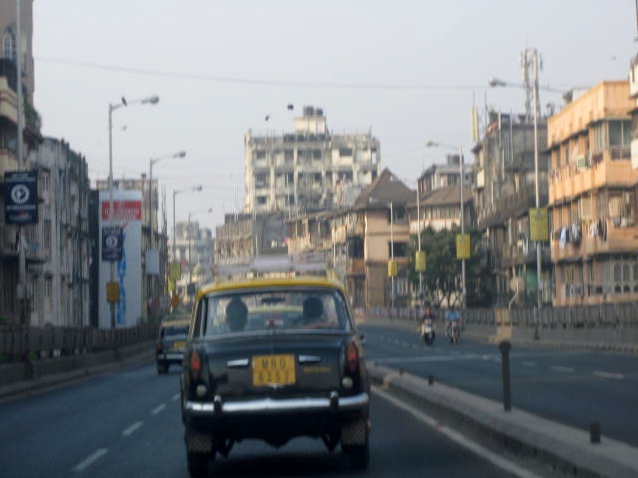
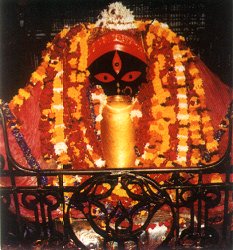
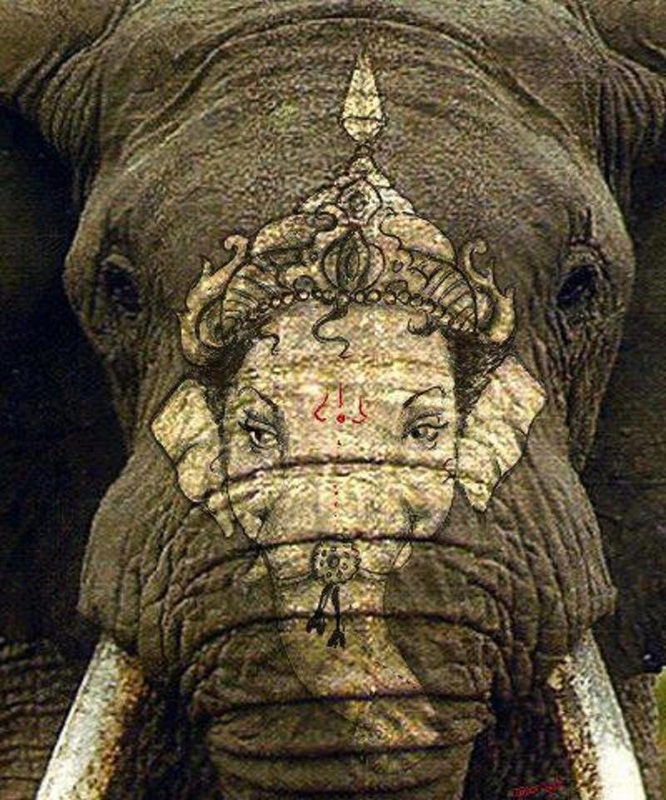
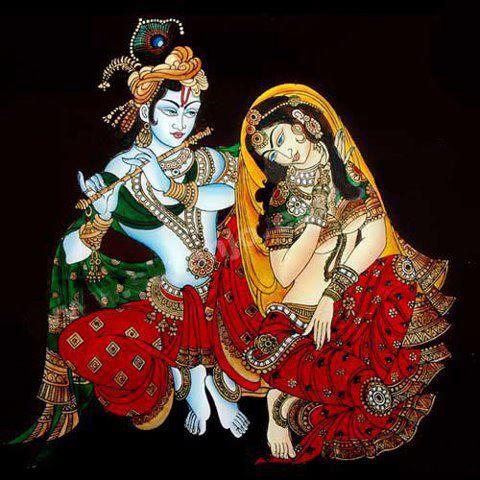
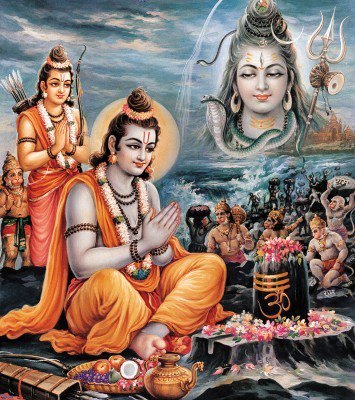
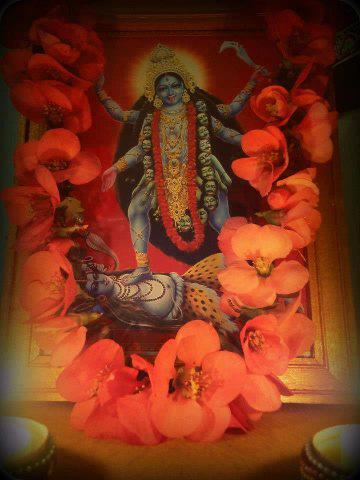
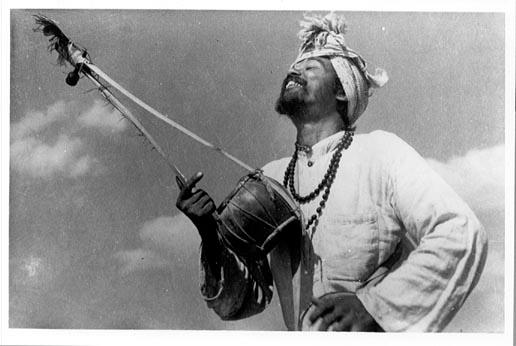
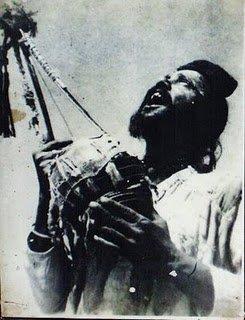
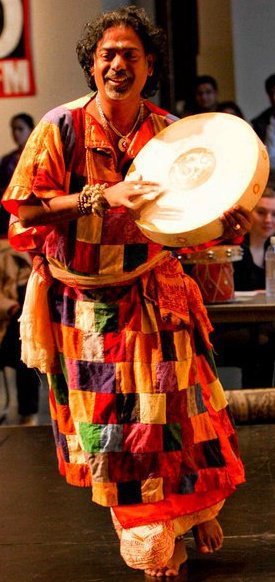
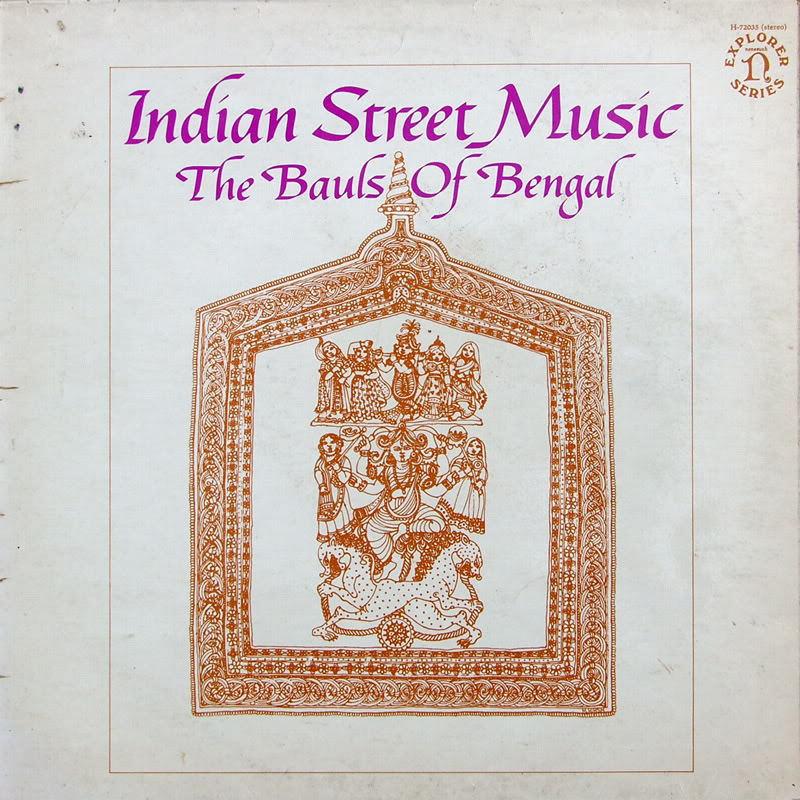
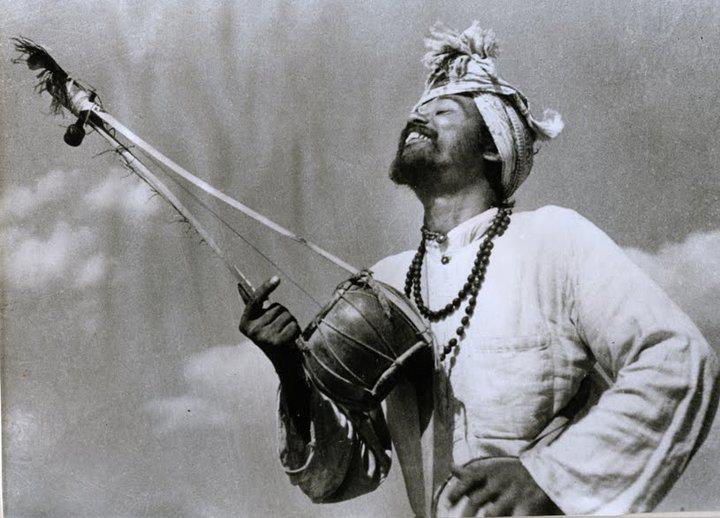
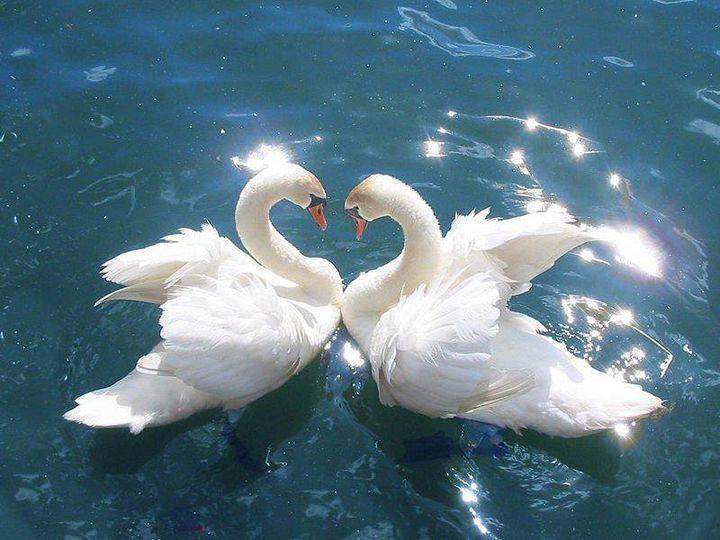
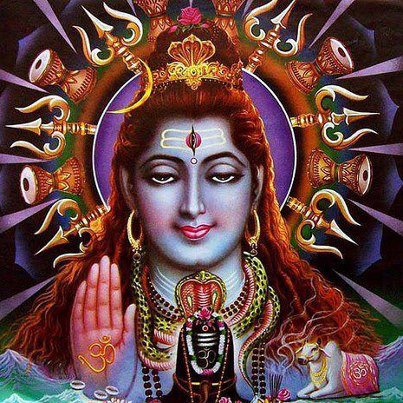
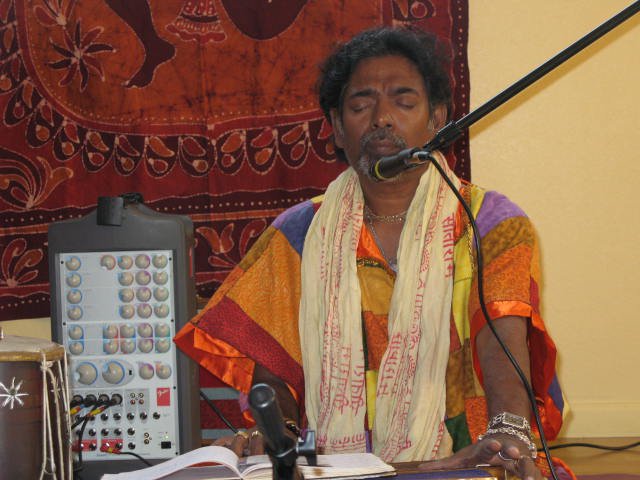
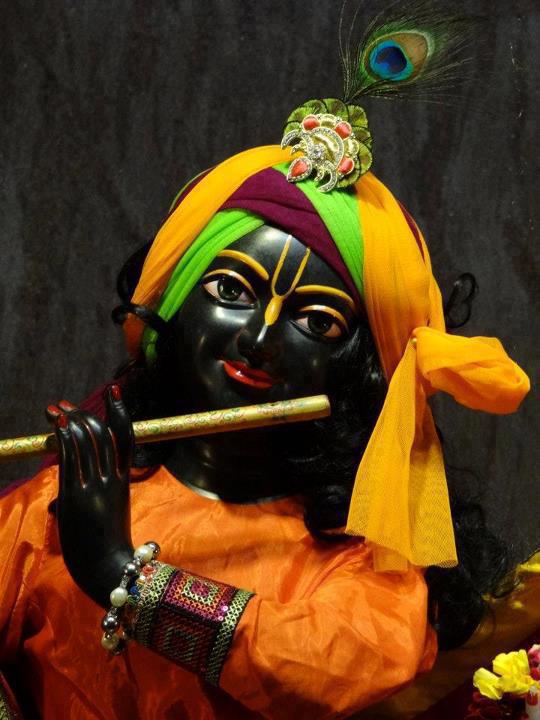
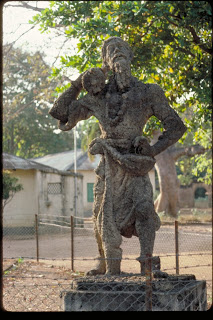
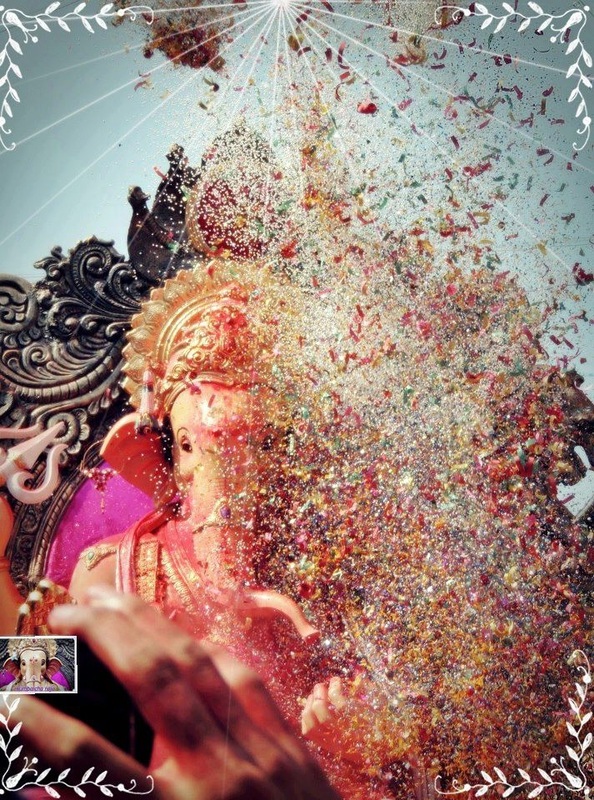
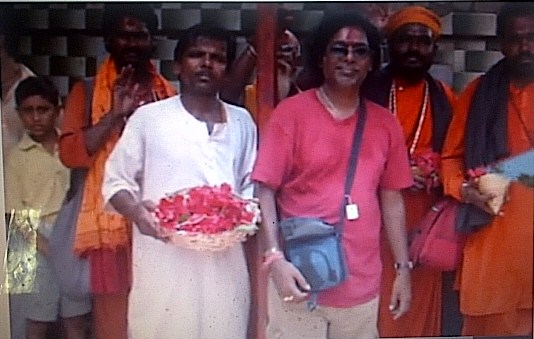
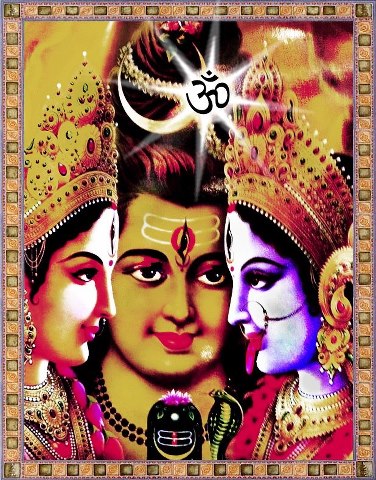
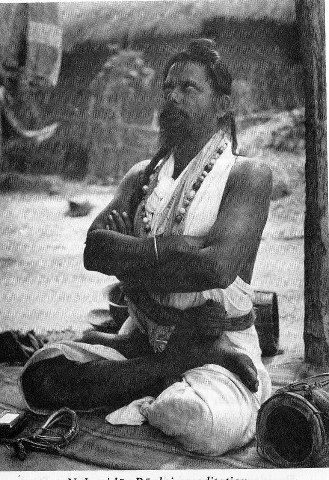
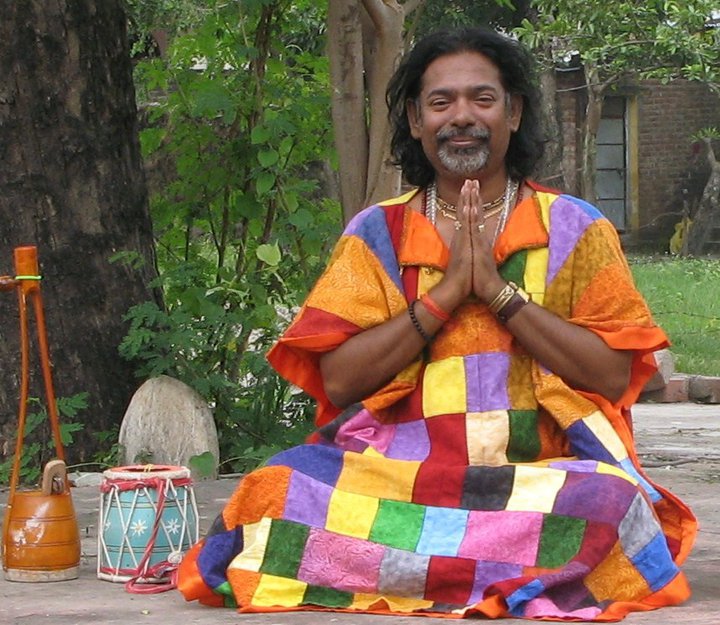
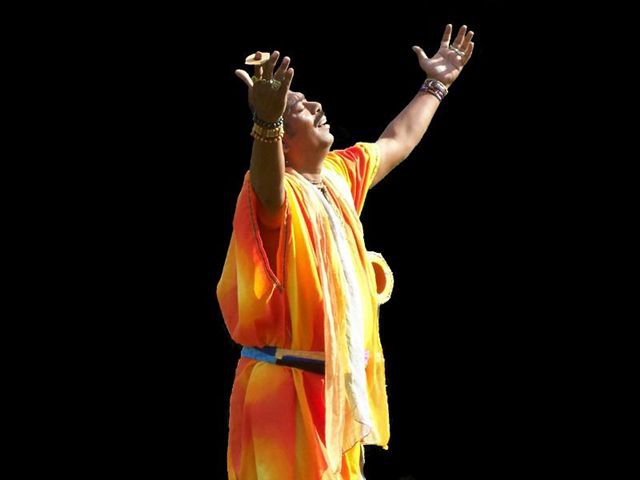
 RSS Feed
RSS Feed
